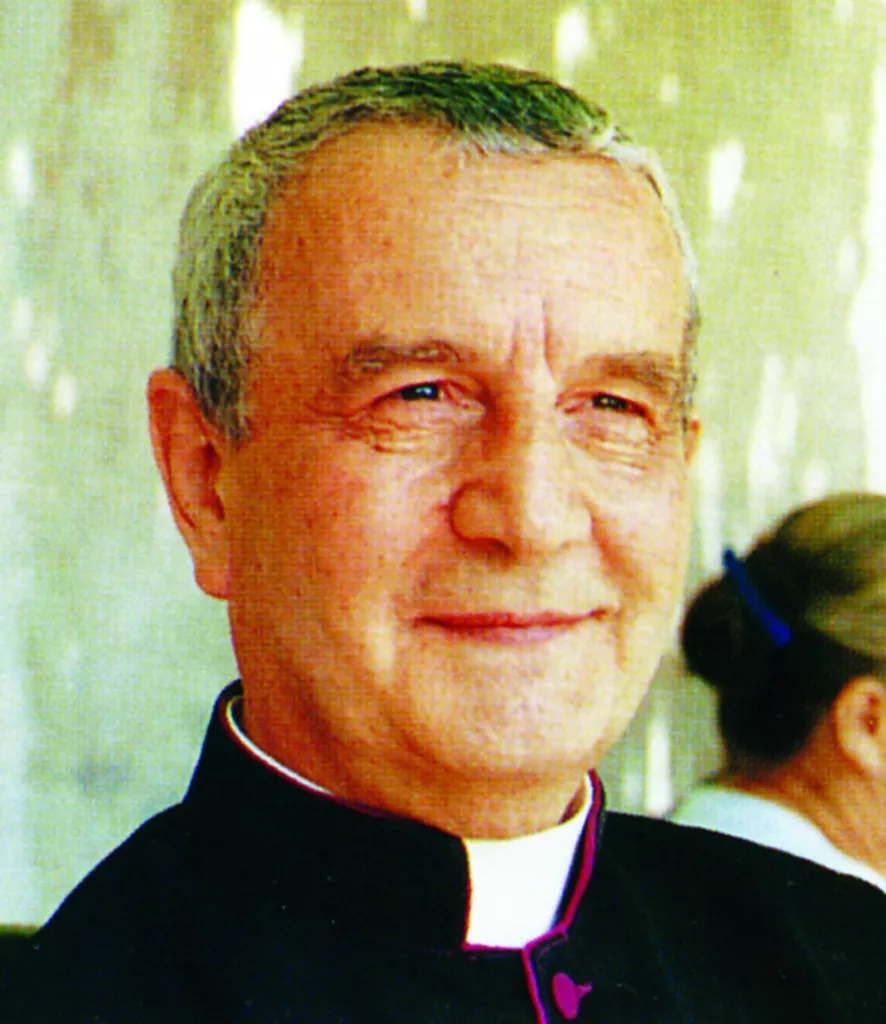Le concile Vatican II a rendu un beau service aux chrétiens en leur rapprenant un terme oublié du vocabulaire évangélique : l’eschatologie. Ce mot obscur et pourtant si précieux appelle quelques explications. C’est la liturgie qui va nous les donner.
Un peu de vocabulaire…
Le Larousse définit l’eschatologie comme un « ensemble de doctrines et de croyances portant sur le sort ultime de l’homme après sa mort ». Le radical de ce mot grec (eschaton) signifie en effet ce qui vient « en dernier ». L’eschatologie nous parle donc de nos « fins dernières », de la suite éternelle qu’introduit le prologue de notre vie terrestre.
Cependant, si l’on creuse davantage, on apprend que la racine probable de ce mot, le verbe « echo », veut dire « posséder quelque chose de proche », et aussi « s’attacher à quelqu’un, à qui l’on est uni par les liens du sang ou par un service rendu en commun ».
Et si ce « quelque chose de proche » était la vie éternelle et ce « quelqu’un », Dieu Lui-même ? Alors l’eschatologie serait l’affirmation stupéfiante que nous possédons déjà la vie éternelle, qui est « proche » puisque nous sommes « attachés » à Dieu par les liens du Sang du Christ et du culte commun que nous rendons.
Seulement, est-il possible de posséder déjà ce que nous ne pourrons connaître qu’après une sainte mort ?
Entrer dans le monde de Dieu
Pour entrer dans le monde de Dieu, il faut en effet quitter ce monde-ci ! Or voilà ce qu’accomplit la liturgie : elle nous fait « passer » dès maintenant dans le mystère éternel de Dieu, par la foi. La foi, en effet, nous unit si bien au Christ que, par Lui, avec Lui, en Lui, nous pouvons « passer de ce monde à son Père », du monde de la mort au monde de la gloire. Comme les Hébreux marchant derrière l’arche d’alliance, nous franchissons le Jourdain pour « passer » de l’Exode terrestre à la Terre Promise « où ruissellent le lait et le miel » (cf. Jos 3-4).
Ainsi le Concile Vatican II peut-il affirmer que « dans la liturgie terrestre nous participons par un avant-goût à cette liturgie céleste qui se célèbre dans la sainte cité de Jérusalem »1, où le Christ règne, vivant, dans la gloire de son Père. Par le culte célébré à l’église, nous voilà transportés au Ciel, devant le trône de l’Agneau !
Deux symboles nous font saisir cela, qui sont aussi au cœur de la liturgie des funérailles chrétiennes où se représente le grand passage vers l’éternité : l’encens, qui symbolise la présence de Dieu dans la nuée et la prière d’adoration des anges et des saints qui monte devant le trône de la majesté divine, et la lumière des cierges qui sont comme les sept chandeliers d’or de l’Apocalypse derrière lequel le Fils de l’Homme apparaît vivant (cf. Ap 1, 12).
Entrer dans le temps de Dieu
En outre, revivant les mystères du Christ rendus présents et agissants tout au long de l’année liturgique, nous entrons dans le temps de Dieu. Nous expérimentons l’éternité, symbolisée par le retour circulaire, sans début ni fin, des mêmes fêtes, année après année. Ainsi, chaque fois que nous célébrons la Résurrection du Seigneur, nous sortons de la chronologie humaine pour revivre ce Jour unique et définitif qui constitue à lui seul les « temps nouveaux ». Ces temps nouveaux ont commencé dès l’instant de la Résurrection, à l’aube de la nouvelle création « le premier jour de la semaine », et ils n’auront jamais de fin.
Ces « temps qui sont les derniers » se déroulent dans la paix, parce qu’ils sont tout entiers remis entre les mains de Dieu. Ils sont l’accomplissement du Royaume de Dieu. Aussi, puisque « le temps de la liturgie a pour but de ramener le temps dans les mains de Dieu »2, chaque célébration liturgique nous fait goûter dès maintenant, à travers les vicissitudes de l’histoire, les biens éternels du Royaume : la paix et la joie en présence de Dieu.
C’est ainsi que la liturgie comble d’ores et déjà notre attente eschatologique : par elle, nous possédons ce que nous espérons.

